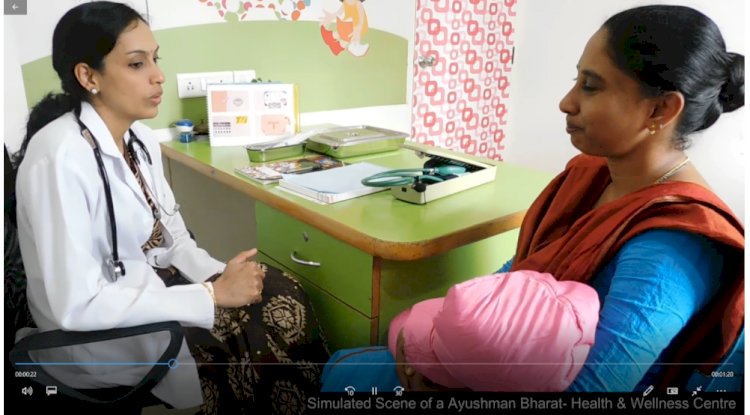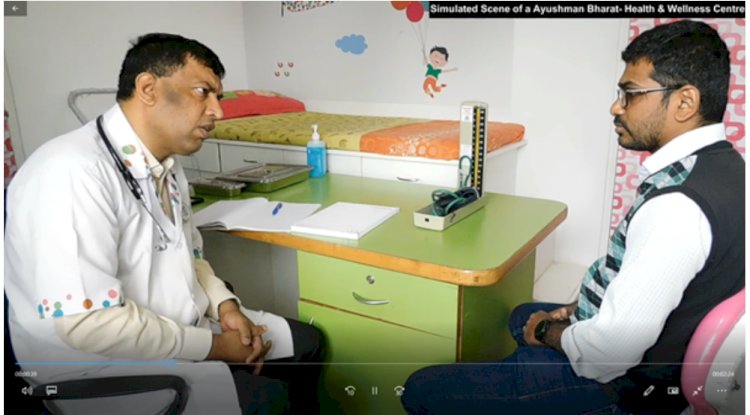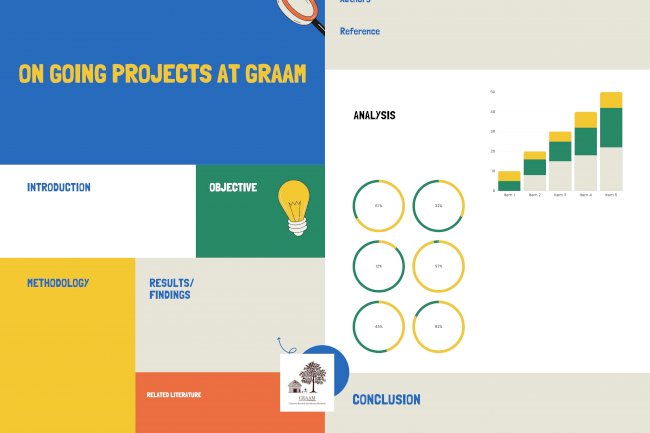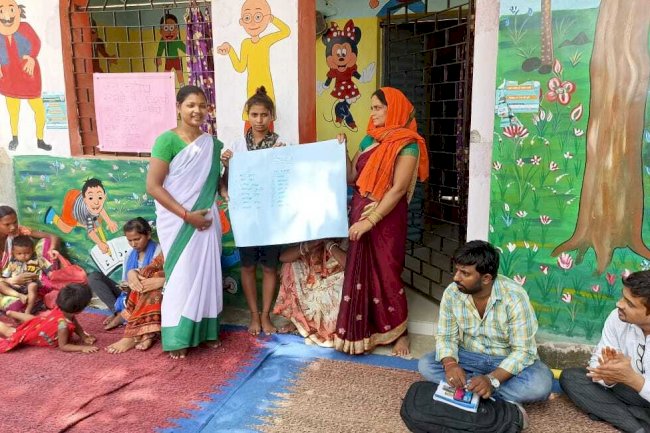GRAAM develops Video-based Objective Structured Clinical Examination (OSCE) tool
GRAAM develops Video-based Objective Structured Clinical Examination (OSCE) tool for assessing the Clinical skills of the Community Health officers.

No single assessment method can provide all the data required for judgment of anything so complex, as the delivery of clinical services by a trained healthcare provider. Miller therefore suggested a pyramidal framework based on knowledge, competence, performance and action.
Objective structured clinical examinations (OSCEs), is the standard mode of assessment of competency, clinical skills, and counselling sessions satisfactorily complementing cognitive knowledge testing in essay writing and objective examination. GRAAM has developed a video based OSCE as a practical solution, which allows marking the performance at a later point in time, needing fewer expert clinicians to be present on site.

About video based OSCE:
GRAAM developed a set of standard content and scoring procedures to focus on an area of clinical competence. Accordingly, every candidate will be given the same set of videos, and asked for relevance and correctness within the same time frame. The videos represent real-life clinical situations to assess ability to apply clinical knowledge and skills while assessing a patient. This enables a reliable assessment of a candidate’s competence.
The following is the OSCE video format:
- The candidate (health officer) will go through a series of timed sessions.
- Each video will represent a specific clinical scenario.
- Each video will assess one or more areas of clinical competence.
To develop the video, exact clinical scenarios were enacted in a private clinical setting with the help of doctors, nurses and coom people who played various roles in the video. The whole scenario was conceptualized keeping in mind the commonly encountered scenarios at sub health centre health and wellness centre (SHC-HWC). After enough deliberations within the group of teams which conceptualized the scenarios to be enacted, it was decided to include
- Promotion of family planning methods.
- Measurement of Blood Pressure and Counselling.
- Neonatal resuscitation.
- Prescription for children with diarrhoea and counselling for home care.
- Prescription for diagnostic tests for adult male with a cough of 15 days duration and mild fever.
- Measurement of fundal height in pregnant women.
- Prescription for common aches and pains.

These videos would start with an introduction of the problem that is encountered in most of the clinical scenarios. This would then be followed by examination of patient and advice on medication/remedy for the complaint presented.
After the video is played/viewed, the participant candidate will then be handed over the set of questions related to the video for answering. The questions are related to video-based scenarios looking for interpretation of the scenario with reference to accuracy and correctness of the clinical procedures, in reference to examination advice and prescription. This will in turn help assess the clinical proficiency of the candidate to an extent. The answers will be evaluated and graded by a different set of evaluators and the scores will be aggregated.
There are certain advantages to using the video-based OSCE method of evaluation:
- It is standardized as the videos are shot centrally and the same test is available for evaluation of all respondents.
- The requirements of equipment and patients at field level for the test is done away with.
- It is easy to conduct using lesser trained manpower at field level.
- It is objective and the scoring is done by experts at the back end in an asynchronous mode, by using a standard scale.
- Ethical considerations are minimised as the actual patient-provider interactions are not being scored.
- It tests knowledge of skills across a wide range of conditions, unlike vignettes which are for particular conditions only.
- It is less time consuming, as it focuses on particular skills and not the entire clinical case.
Disadvantages of using video based OSCE method for evaluation include:
- It tests knowledge of skill and not actual skill of the respondent.
- The respondent can make use of tools like Google search for answers before responding.
- Language barrier may hamper the understanding of the videos.
- Any malfunction of the smartphone (For e.g., Poor Audio) may alter the ability of the respondent to respond properly.
What's Your Reaction?





















